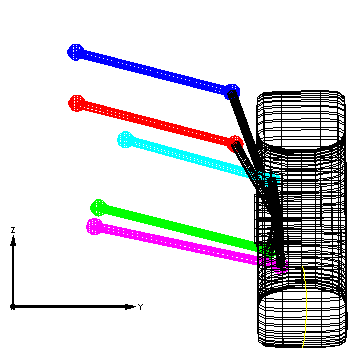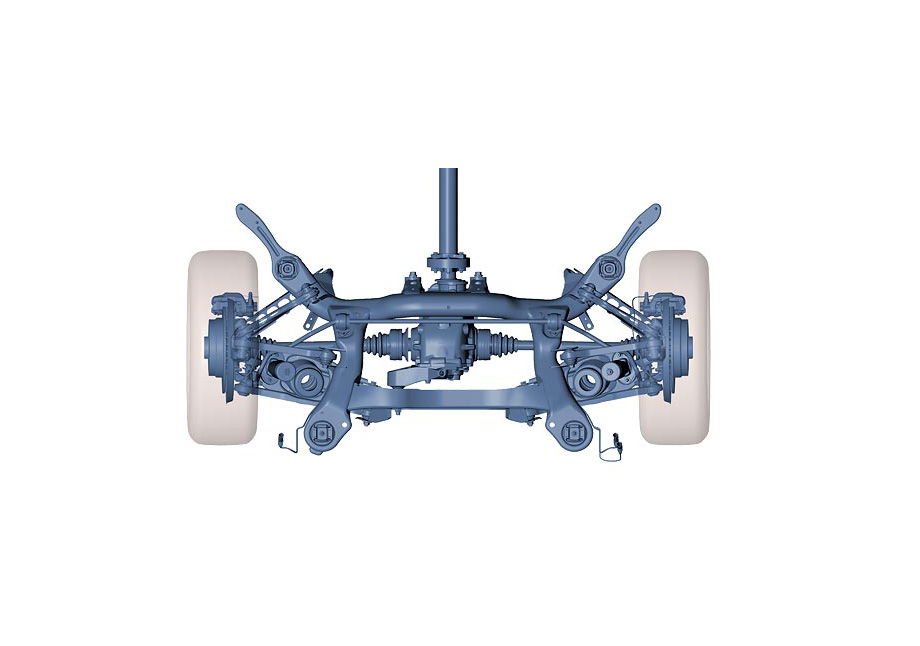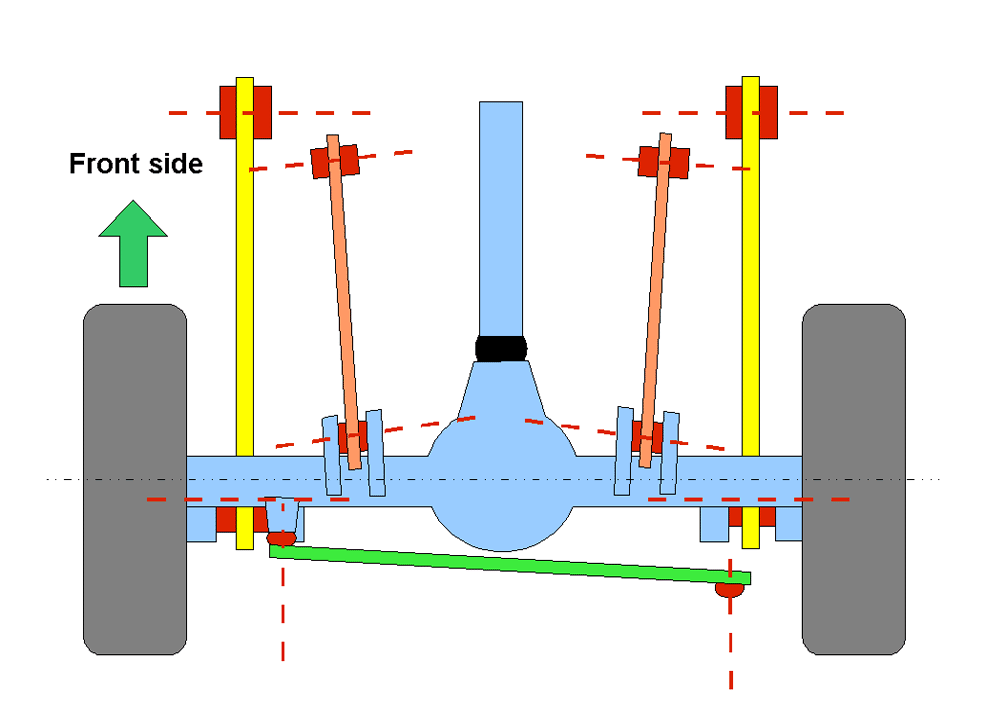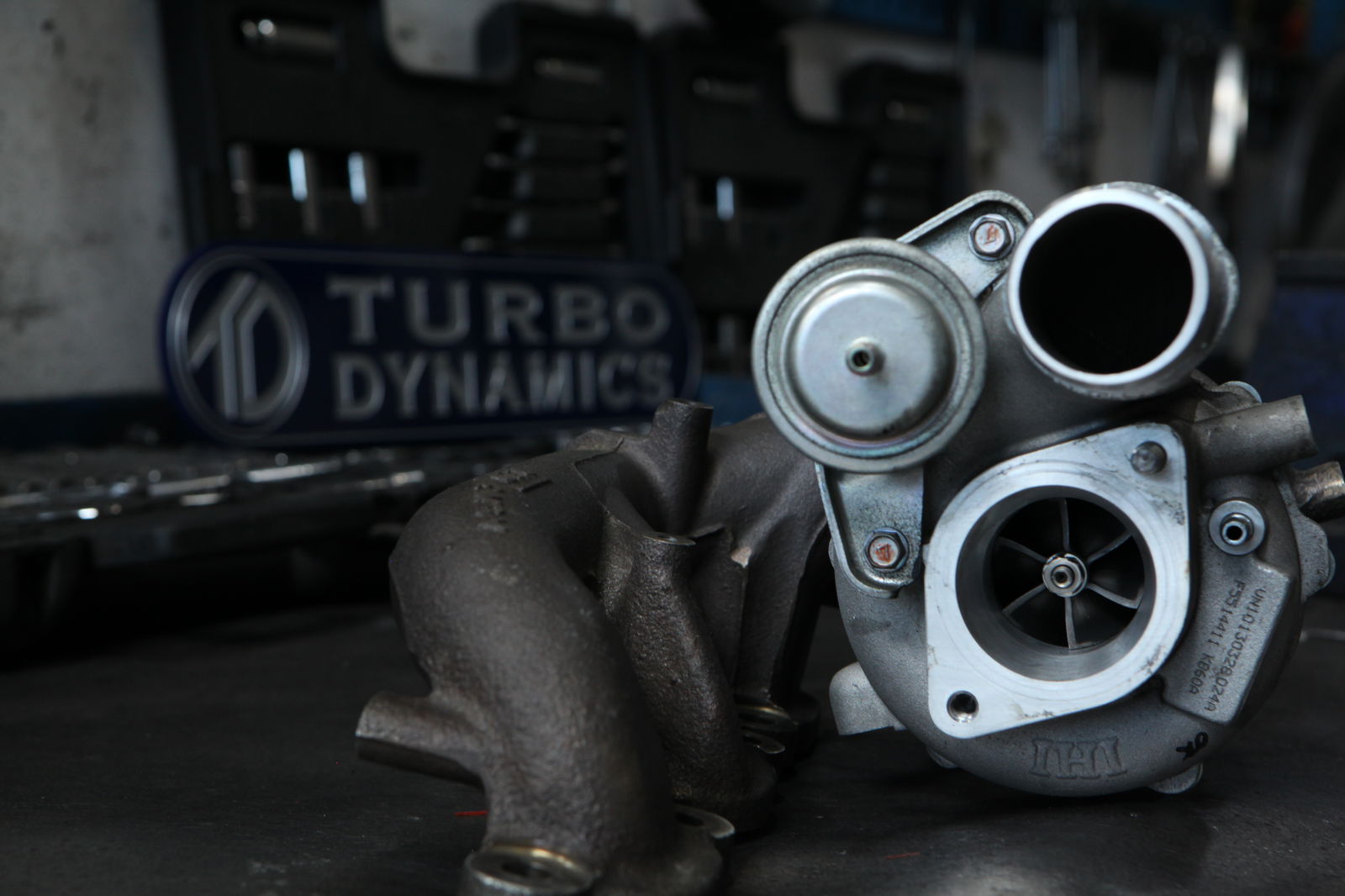What Is Multi-Link Suspension And How Is It Used?

Some car parts are named in ways that don’t exactly make it obvious to the noob as to what they are, like the header tank, planetary gears and banjo fittings. Multi-link suspension is not on that list. It’s suspension… made from multiple links.
Where a MacPherson strut setup only technically needs two controlling arms to keep it rigid, a multi-link needs a minimum of three lateral bars and one vertical(ish), or longitudinal. Each arm’s purpose is to limit and/or prevent the six degrees of an axle’s freedom; up and down, left and right and fore and aft. Sometimes some of the arms have ‘elbow’ joints along their length to achieve the necessary clearance around an axle while still achieving the proper angle of attack to fix to the hub.

Together they locate the wheel at the correct point and form a rigid frame anchored to the hub that prevents it from moving in any way it shouldn’t. Each bar is mounted on joints at both ends and is free to move vertically with the suspension travel – but nowhere else unless the arms themselves become bent or broken.
A multi-link design, usually with four or five arms, known as links, allows an independently-sprung wheel to combine both ride quality and handling. It’s laterally stiff so a car thus equipped won’t flop around through corners as much as with other designs, but it also allows smooth, independent movement of a wheel over even large bumps.

Not that multi-link setups are limited to independent suspension. Live axles often use multi-link setups bolstered by a sway bar, track (or Panhard) rod and, of course, the spring and damper units. Multi-link live axles are cheap and easy to put together – which is why they proved so popular in the US for so long.
One of multi-link’s key advantages is that engineers can alter a single suspension parameter without affecting anything else. On double-wishbone designs you’re always altering at least two, whether you like it or not. Multi-link can also keep the wheel more or less perpendicular to the road, maximising the tyre’s contact patch and grip.

Multi-link bouncy bits used to be too expensive to put onto everyday biffabouts, but in recent years costs have come down and various interpretations of this solution have found their way even into front-wheel drive hatchbacks; usually at the rear with (less expensive) MacPherson struts up front. For the most part these multi-link setups have replaced cheaper but effective trailing arms. Both offer the potential for maximised boot space, but multi-link back-end bounce is said to offer better ride comfort.
It can also be used at the front, where one arm is linked to the steering rack, but it’s still less common than a strut. Some BMWs use a type of multi-link system at the front and Hyundai has dabbled in the same thing with its Genesis. With the advantages it offers, expect to see it popping up in even more places in the future.

Comments
Mechanics are gonna have a blast servicing this
Even better is triangulated 4 link
“Hey Matt, I love these kinds of posts cuz OHHH THE KNOWLEDGE!”
“Please post more.”
Jokes aside good article lol! Just wanna see the CT website get more attention.
Saying that with a multi link you are able to change 1 parameter without effecting anything else is not correct. This is especially true when talking about a trailing links suspension which is mentioned in the middle of the article. With a trailing link suspension, you don’t have any camber change, so you are trying to balance roll center height, roll steer (or toe change due to body roll) and anti-squat. This is for the rear. If it were the front you’d be talking about anti dive. Anyway, change 1 thing and you’ll effect something else. Try to get more anti squat, you’ll raise the roll center. If you don’t have parrallel upper links, you will have roll steer and trying to minimize that or use it to your advantage will change the squat and roll center height. Changing 1 thing will change something else.
This is the same thing for a proper multi link. Here you have camber change to deal with as well. But same thing with roll center height, anti squat or dive, roll steer, and dynamic camber change. Changing the geometry to get 1 parameter where you want it will definitely effect another.
If I had to guess, the author wrote that line not thinking about anti squat or dive geometry. This is something that can be very important in designing your suspension depending on what kind of car your designing and/or what kind of suspension your designing. It should not initially be overlooked and if your designing a car with a suspension where dive/squat geometry will be less important, it is still advisable to run some percentage of it even if its like 5% (that would be for a really low CG car that doesn’t get a lot of weight transfer and therefore not a lot of pitch)
Saying changing a parameter for a multi link will only effect 1 thing is incorrect though.
Also a proper multi link that is a 5 link set up that is part of an independent suspension will not keep the tire perpendicular to the road. There will be dynamic camber change in a suspension like that. Only in a dependent trailing link suspension - in other words, a live axle (or a de Dion) will you get the tire always maintaining the same camber that you set it to. The proper 5 link multi link with an independent suspension will not do this.
Also technically a double wish bone suspension can be classified as a multi link suspension. It’s the same as a 5 link multi link, just the upper 2 links meet at a common point and the same with the lower 2 links. This gets back to what I said above that changing 1 thing about a multi link design will definitely change something else. This will happen with a double wishbone, as stated, and will definitely happen with a multi link - they are the same thing.
You obviously havent been to king of the hammers…the reason behind triangulated 4 link is that there is no track bar which limits travel and can cause bump steer in the front…you appear to be basing your experience with 4 link off one encounter with a guy who may or may not have done it right
I should correct myself…im thinking of double triangualted 4 link…which is still an amazing system for solid axles…i have it in the rear of my jeep and it does amazing for flex and road manners…also the “most offroaders arent engineers or anything” argument is bullshit…they have to actually build things instead of buying them…I’m not talking about someone going to the dealer and putting 37s on a JK…I’m talking about ultra 4 cars and bouncers